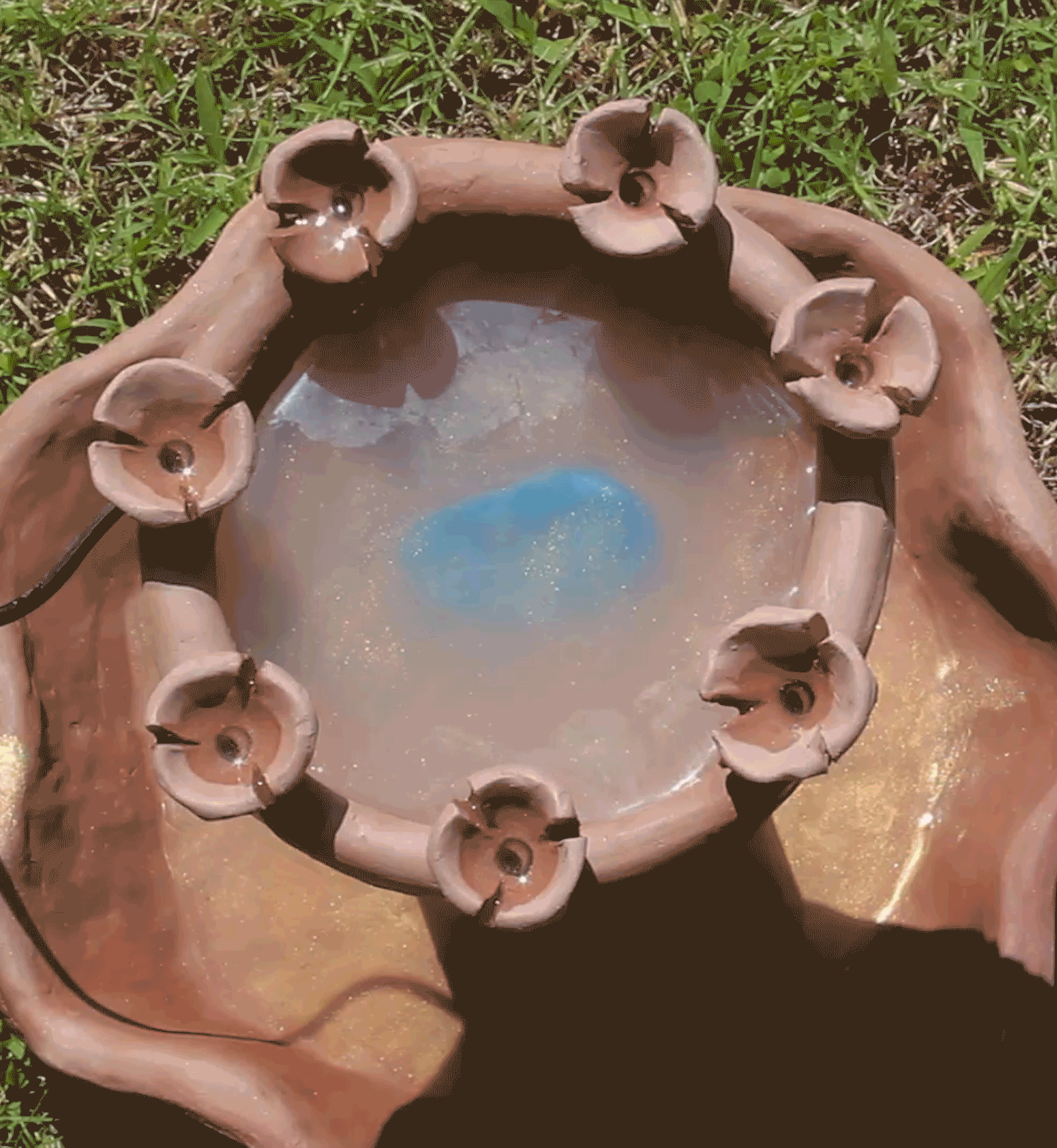Contents
- Post-Drag: Sound Bodies are Made of Interstitial Space
- On Powerviolence & Cuteness
- Mixtape: Micaela Tobin’s “from afar: duets for voice and objects”
In this, our seventh issue of Soap Ear, our contributors and editors have continued to approach sound as an intersection of bodies, imagination, and physical waves. As musical ideas are sculpted out of sounds, they often take a few detours before reaching a situation that feels right. At Soap Ear, we try to take a step back and see how sounds have emerged from our physical world, what strange turns they took along the way, and how they swell and fall according to where we place ourselves in it.
B. Levinson and K. Bradford have written essays that interrogate sound to explore identity on the margins of the near past and the present. Levinson’s multi-faceted analysis of the powerviolence genre’s genesis — with a look at the cultural geography set by hardcore, thrash, and glam before it — nicely accompanies and stands in contrast to Bradford’s luminary manifesto on the interstitial in post-drag performance. This makes a certain sense. The way one experiences a hardcore show has its similarities to the way one experiences a drag show even if the actual musical content of the shows differs vastly. The queen/king’s lip syncing of a pop song allows us to fill in the gaps and allows the performer to emphasize and exaggerate the non-musical aspects of musical performance. We get to see gender performed in a fundamentally novel and explosive way. In the pit of a hardcore venue, audience members launch their bodies into any empty spaces they can find, gaps that signify an opportunity for one more moment of uninhibited motion before another collision. Levinson also hints at a discrepancy between the performance of gender in hardcore (often an obvious tough-guy type) and the self-aware defense that it often manifests as. As Levinson details a bygone and self-destructive genre, Bradford accounts for one that has yet to fully coalesce. The simultaneous immediacy and marginality of both powerviolence and post-drag begin to articulate a specific sociopolitical positionality that is potent and far-reaching.
It is fitting, finally, that Micaela Tobin’s mixtape for Issue 7, “from afar: duets for voice and objects”, explores what lies between “intimacy, inanimacy, and solitude.” In her sonic meditations, she adopts a stance that seems impossible to maintain; the series of improvisations probes the origins of musical feeling and brings objects conventionally known as inanimate into this discussion. Tobin’s pieces might prompt one to ask: how does that fan feel, singing alongside you? The question can go two ways, and that seems right.
Tobin’s stance is defiantly real and leaves one wondering about the possibility of one’s own inanimacy. The inanimate, the physical, could also stand in for one’s persistence against mortality. We aren’t theologians though. Instead we will simply conclude with our hope that these ideas might influence new combinations of sounds and new thoughts about them. If we’re very lucky, a music scene or two might cannibalize those sounds until they die. Wouldn’t that be fun!
Contents
- Post-Drag: Sound Bodies are Made of Interstitial Space
- On Powerviolence & Cuteness
- Mixtape: Micaela Tobin’s “from afar: duets for voice and objects”
Cover Image: Jeanie Lee, Naiad’s Fountain of Yearning, processed video of clay fountain, water pump, gold mica pigments, water, and hand cast soap (2019).
